CONCEPTLURE CREATION Design & Development
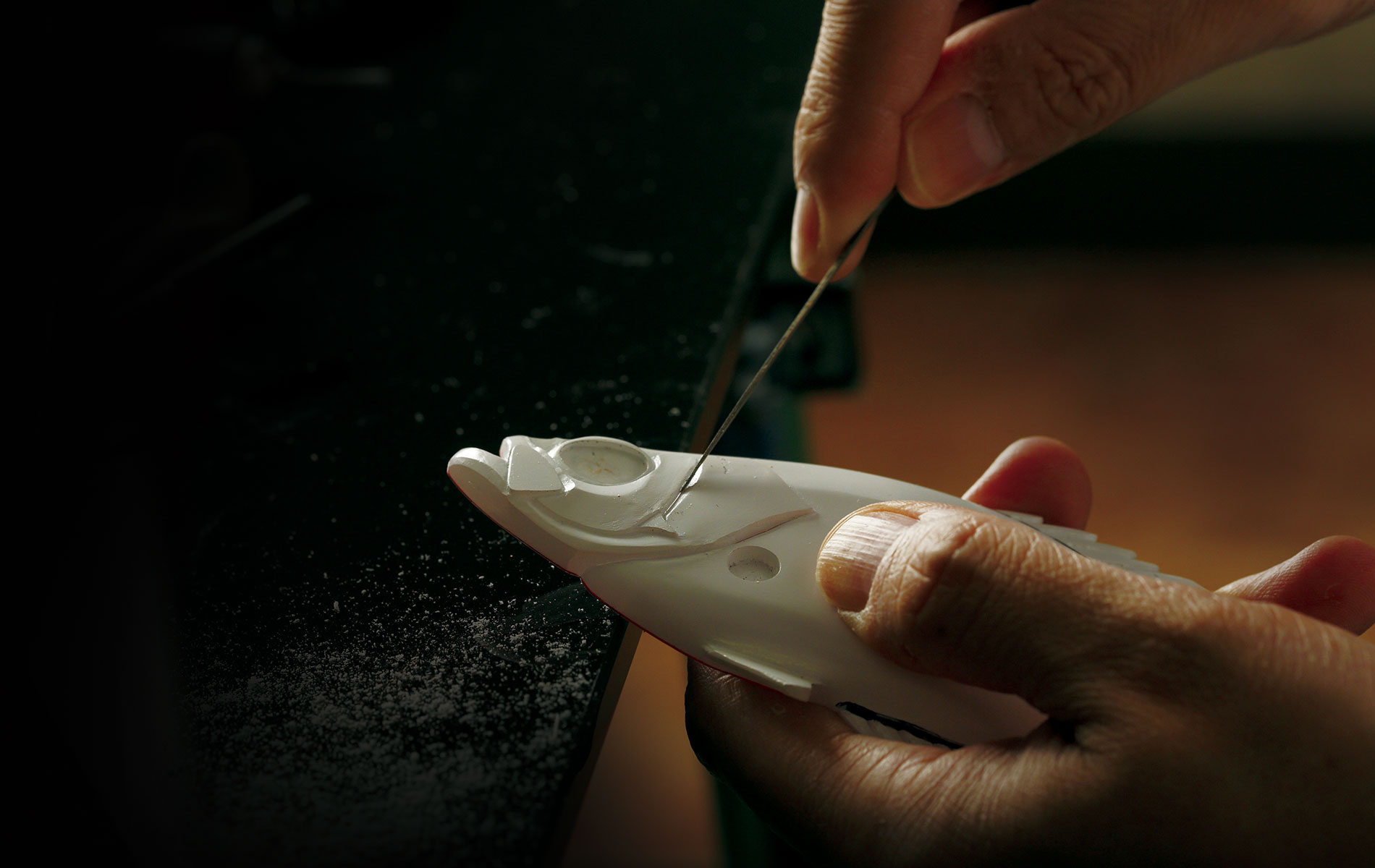
Fusing form and function into a perfect unity.
DUO stands for form. DUO stands for function. Form and function aligned in perfect harmony, “functional beauty”, is a key element of our design philosophy. Our lures are not created simply to execute, but to also express passion and inspiration. In an industry whose very premise is imitation, we strive to go beyond that, to create lures that resonate. -That are, in essence, “Better Than the Real One”.
Our method is a combination of classical and avant-garde technology - hand carving the master mold, then precise duplication through 3D laser scanning and high-precision 3DCADCAM. Through the merging of the spectrums, we have encapsulated the best of both worlds, enabling us to produce finished products that mirror the integrity of the hand-carved original with consistent and unchanging quality.
STEP.1Production of the Master
Mr. Adachi avoids use of computers for the initial body master, he carves master from a block of ABS. The advantage is that it combines strength and rigid properties, as well as the rubbery toughness and specific gravity of the actual product.
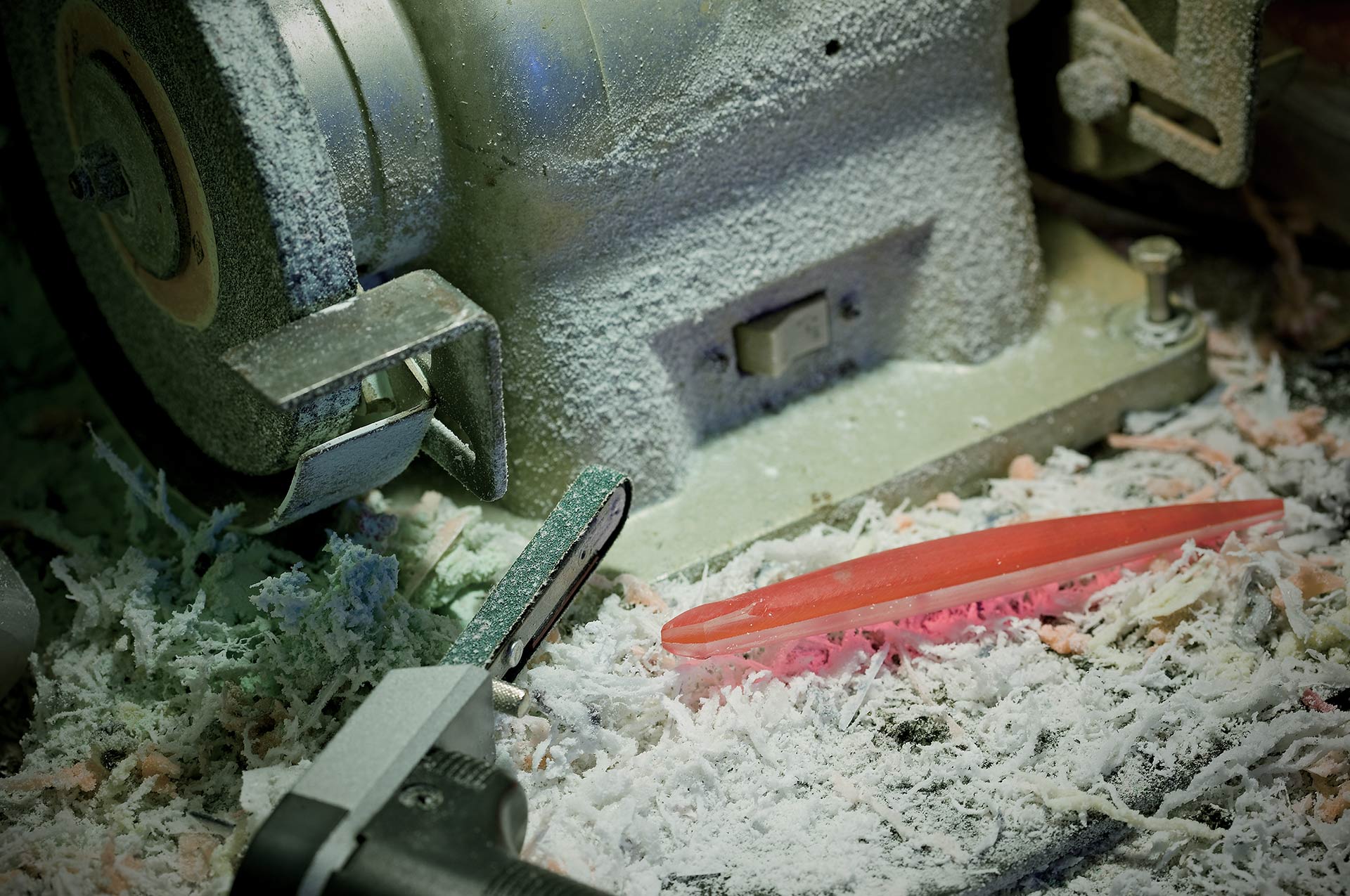
STEP.2Production of the Action Sample
The ABS carving is digitally scanned and a duplicate is created through machine cutting. The ballast of exact measures is inserted and weighed and tested for imparting of action to the lure.
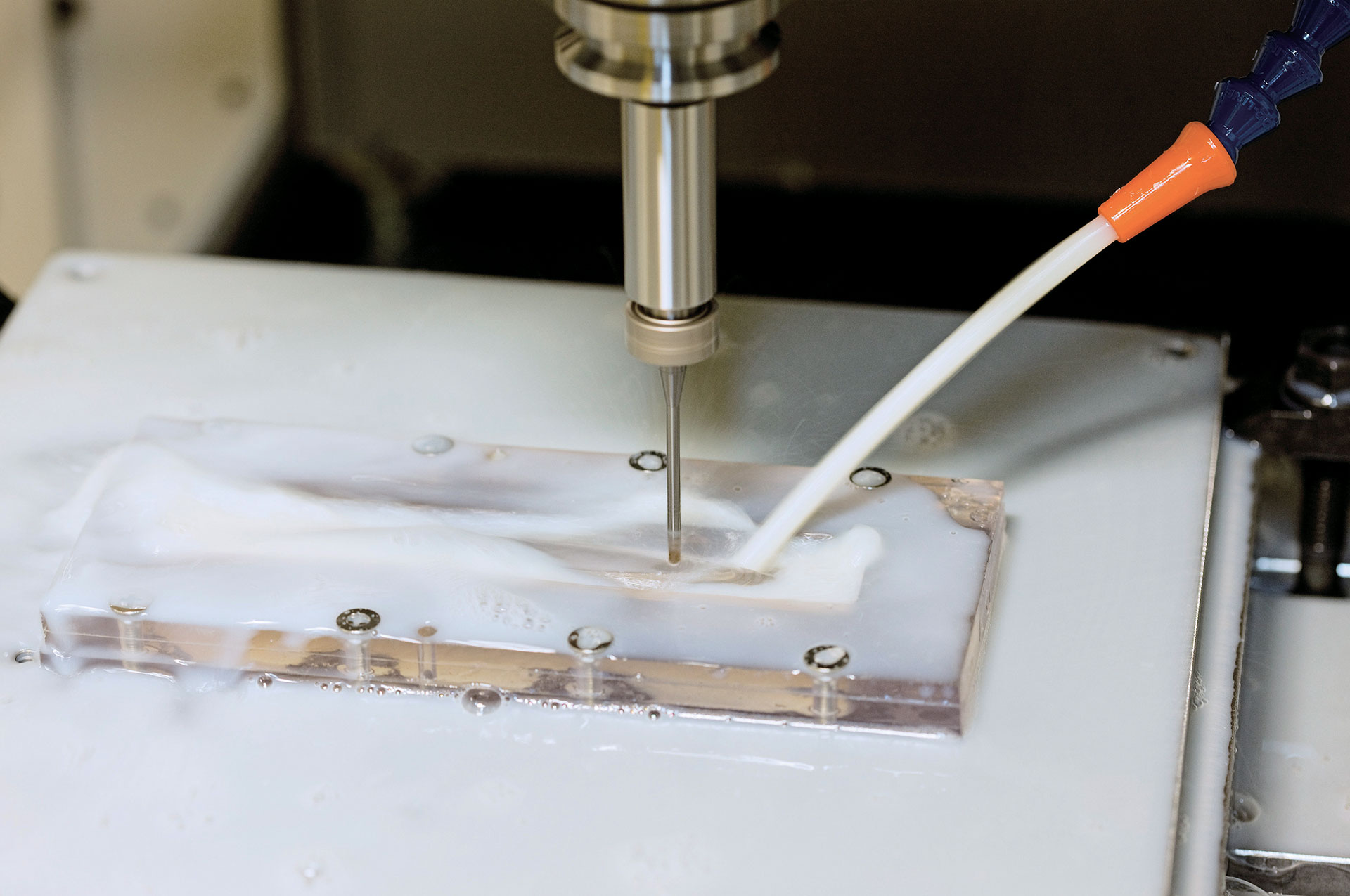
STEP.3Carved Electrode Manufacturing
Based on the action sample, outline data is measured to cut out a pillar shaped pure-copper electrode. The initial shape is formed by belt sander and electrode is refined with a precision drill.
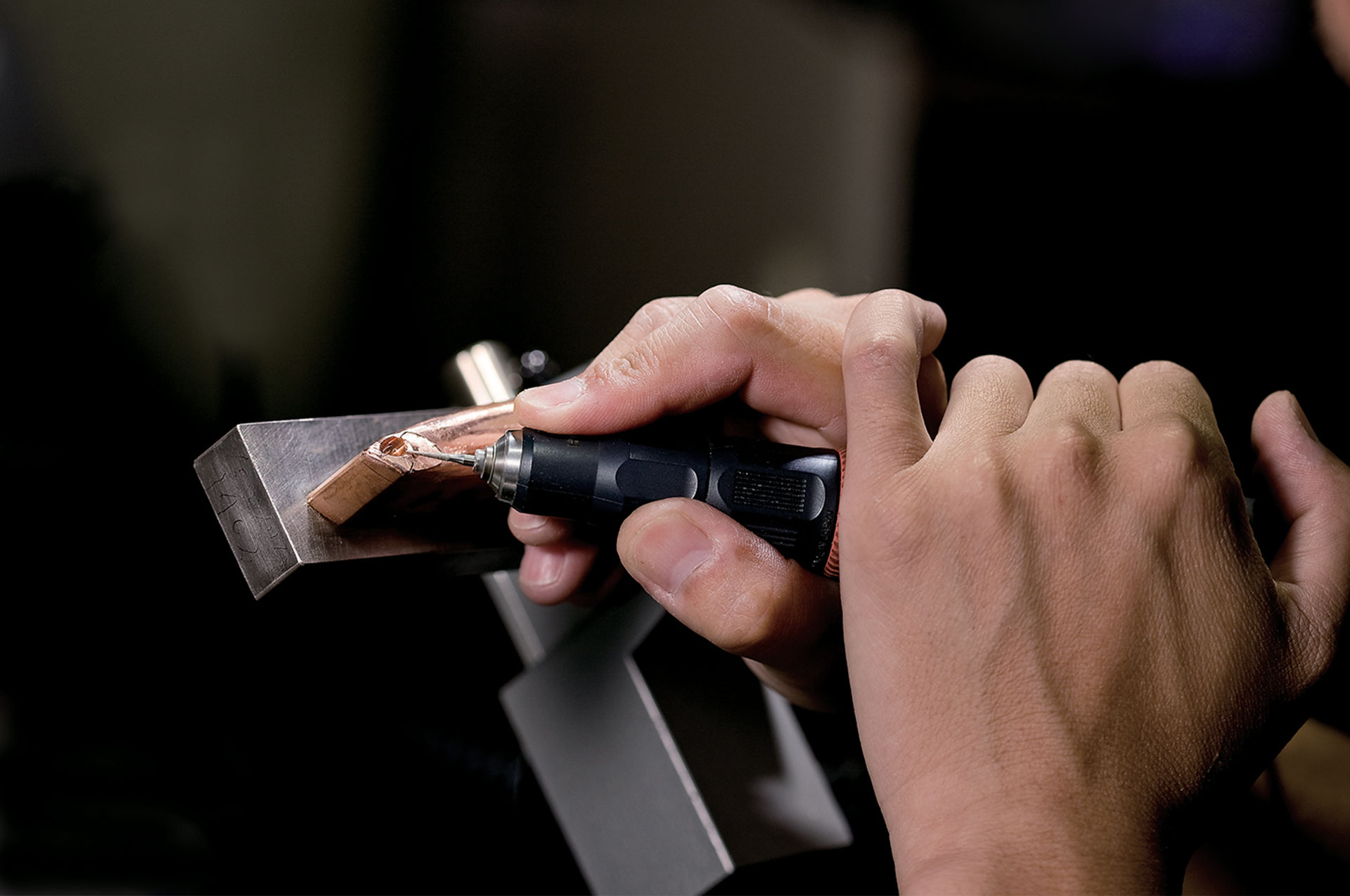
STEP.4Finalizing the Carved Electrode
The finalized carved electrode is contoured to the exact preferred profile, the preciseness of which machine cutting through CG data cannot duplicate.
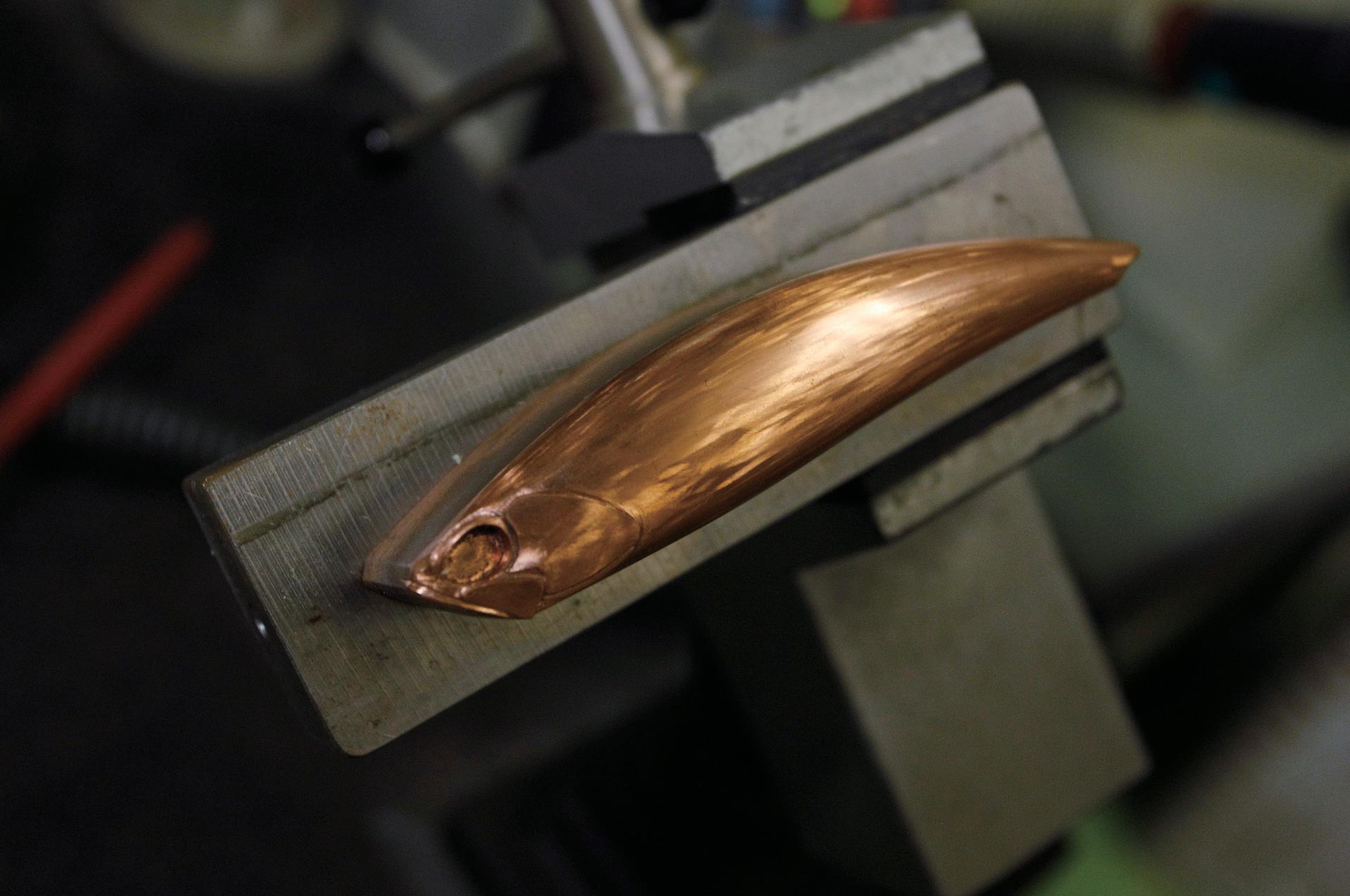
STEP.5Production of the Inverted Data
The finalized electrode is precision scanned to 1/1000 3D tolerances, whereas 1/100 tolerance is the industry standard.
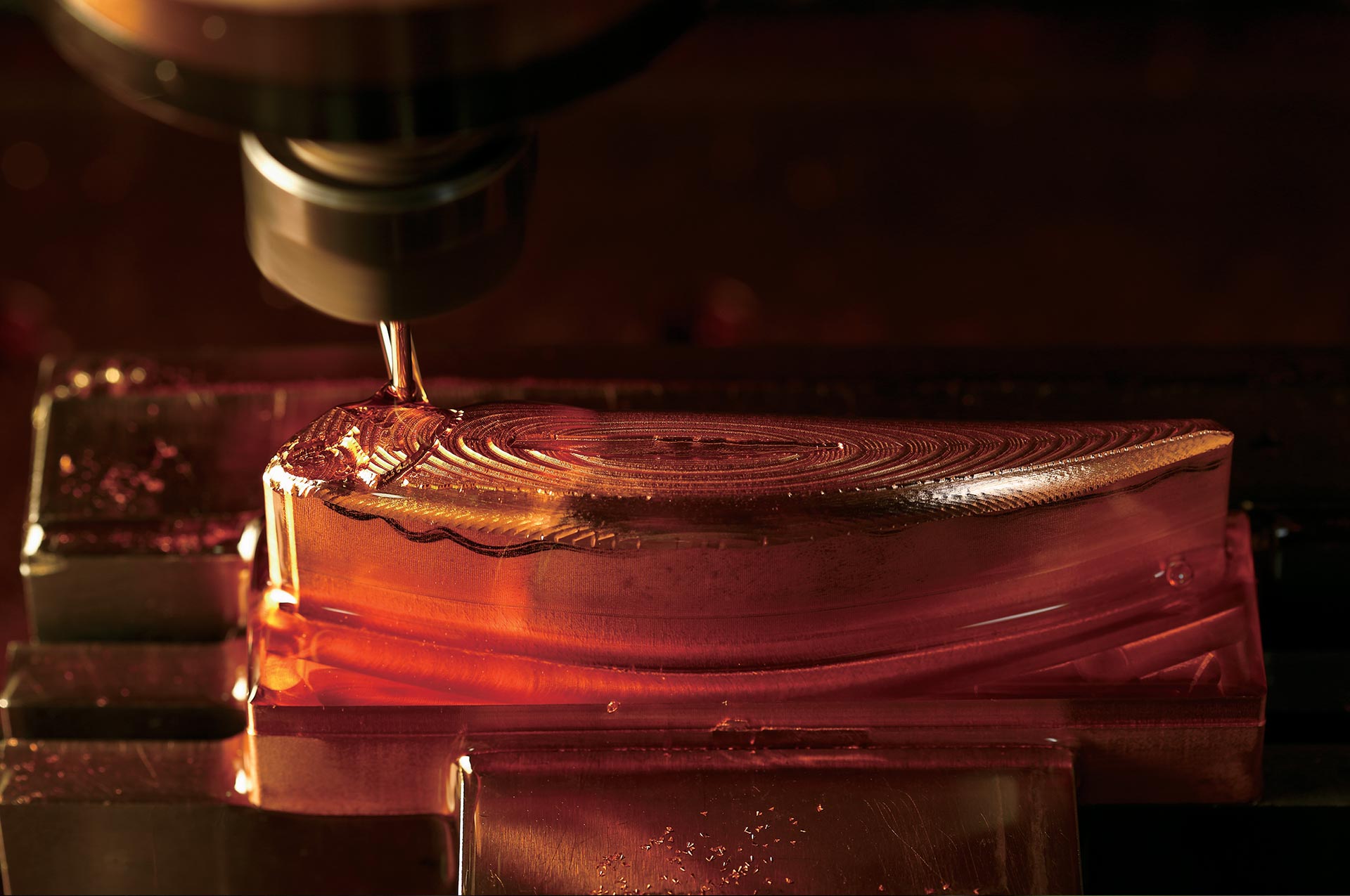
STEP.6Machine Cutting of the Opposite Side
Inversion scanning is conducted to produce the opposite side of the body profile. Final brushing and softening of surface is done by hand.
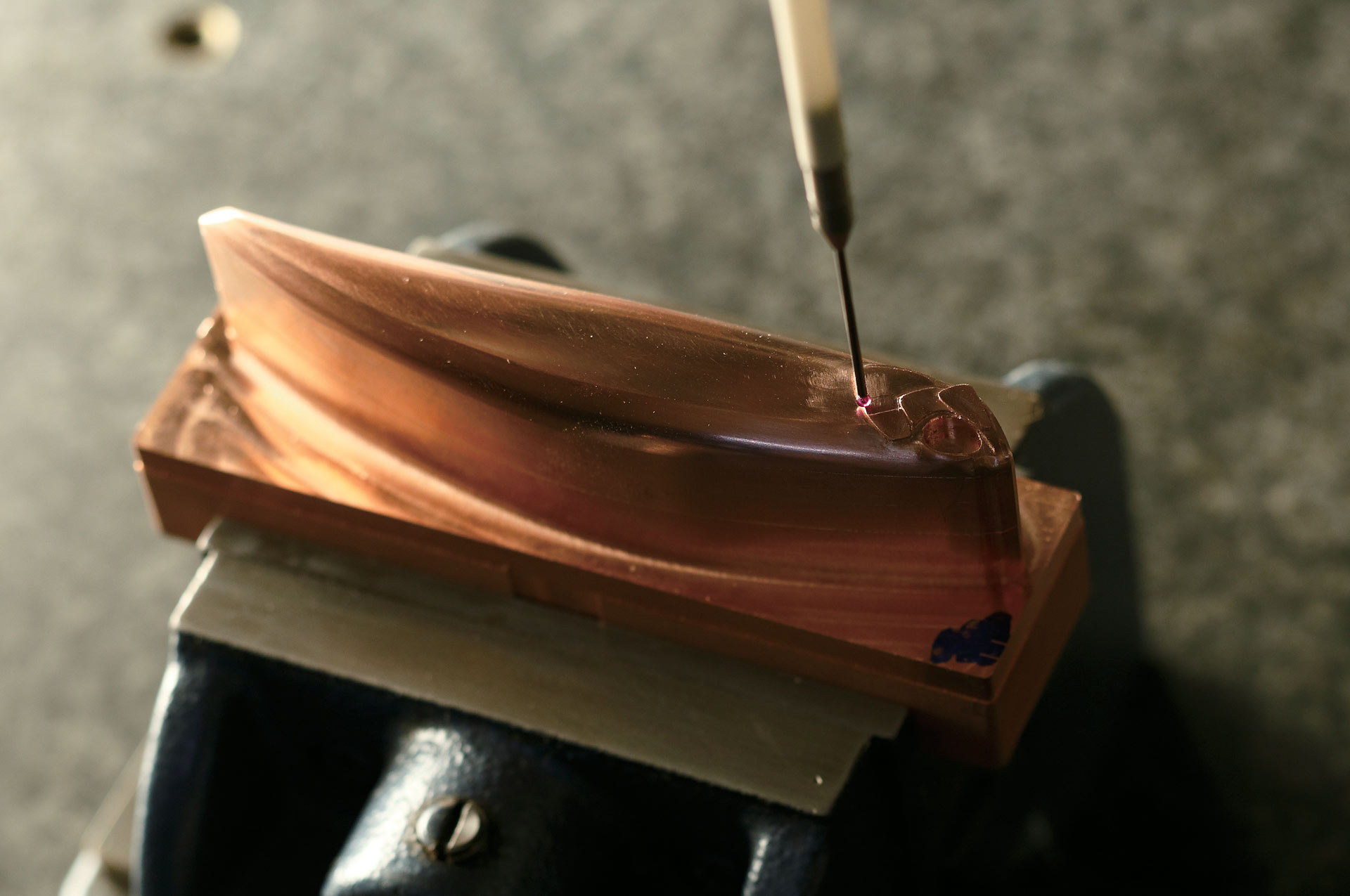
STEP.7Rib Processing
The interior volume of the cavity is produced and the fixed interior space is directly carved out to create the planned rails and space for ballast.
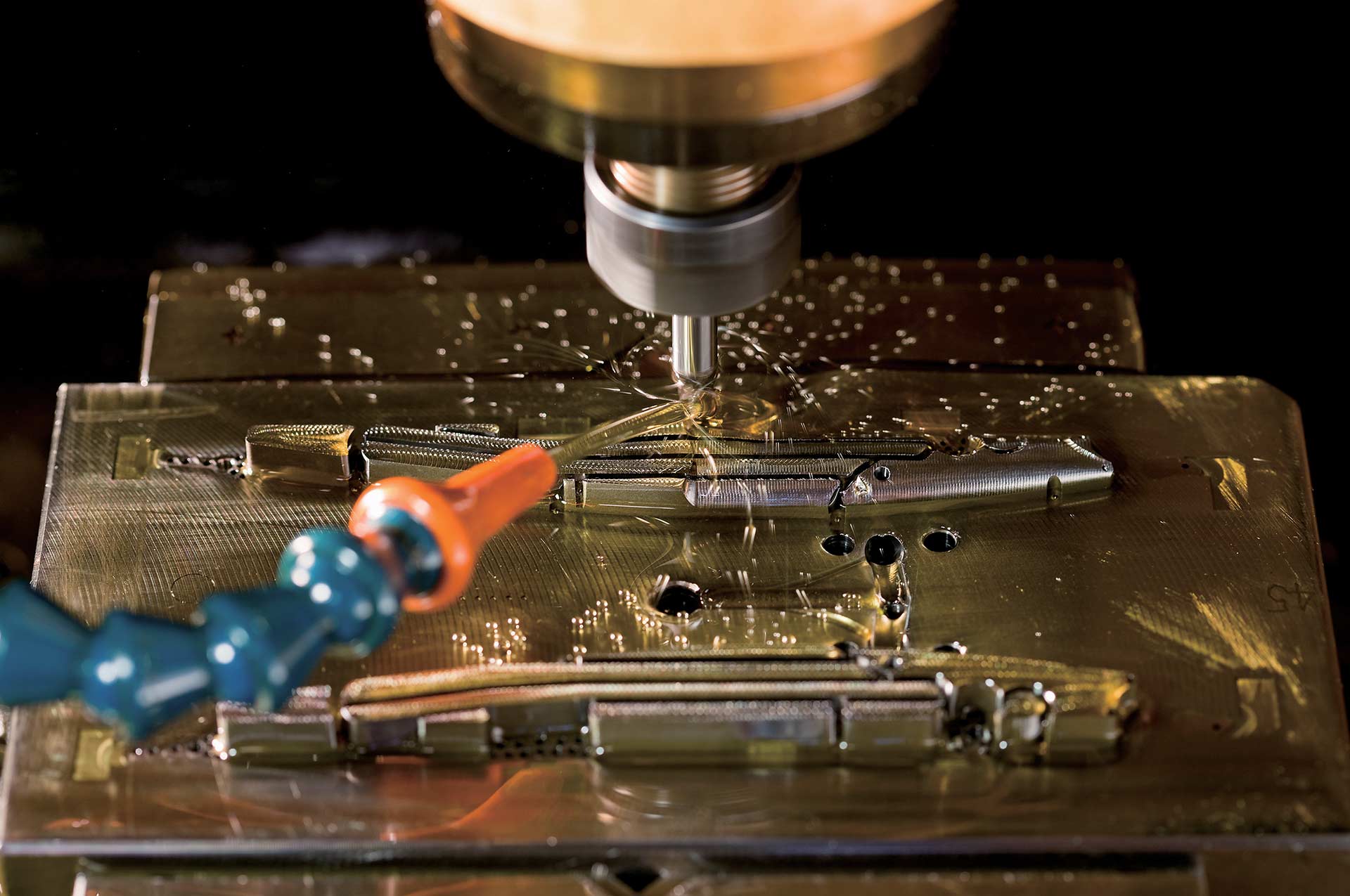
STEP.8Obtaining the First Injection Body Sample
The 1st injection bodies are created and tested for integrity and harboring components. Tolerances must be exact for ballast, hook positioning and lip angle. Once product passes precise testing, production is commenced.
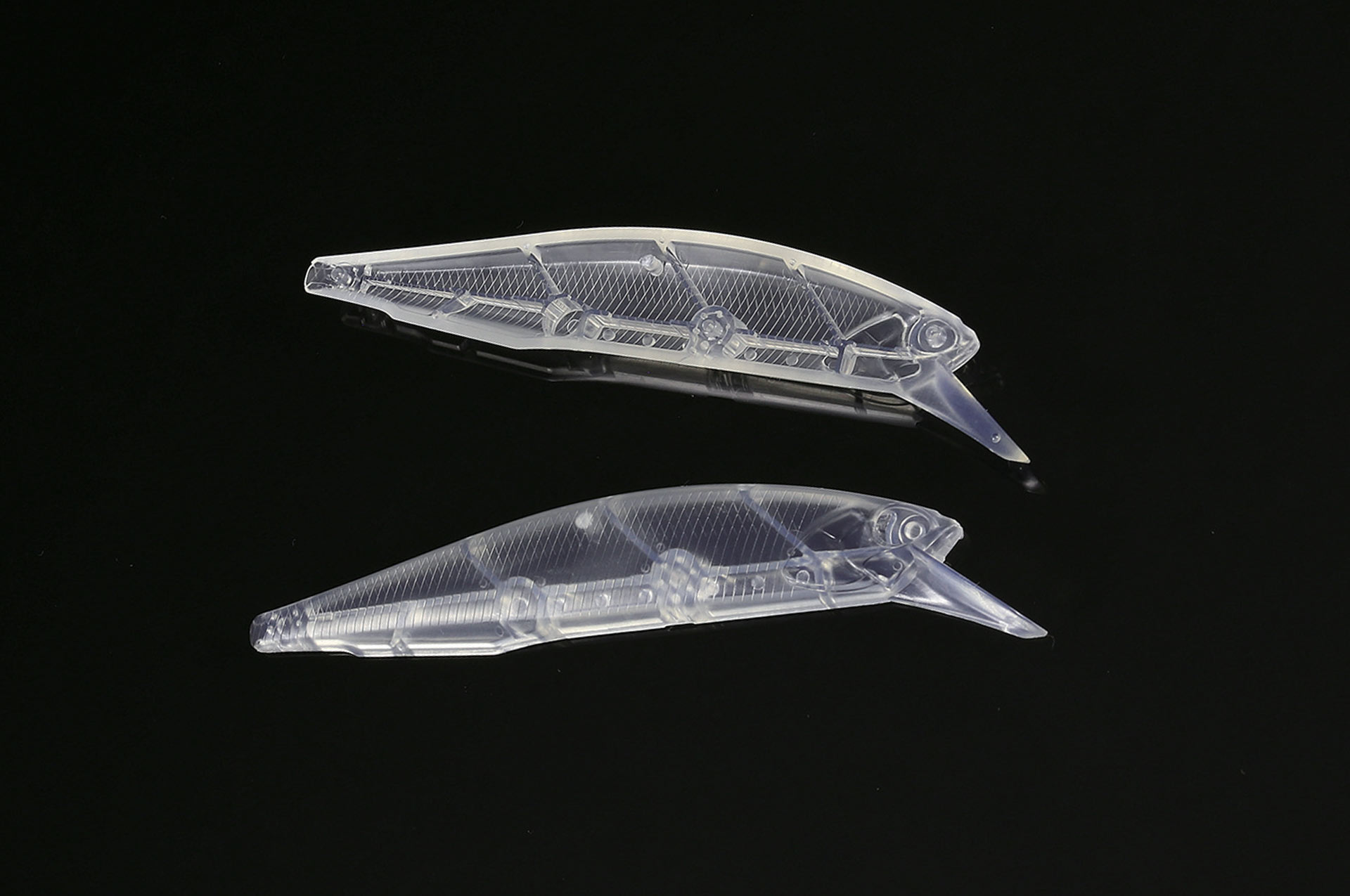
Discover More
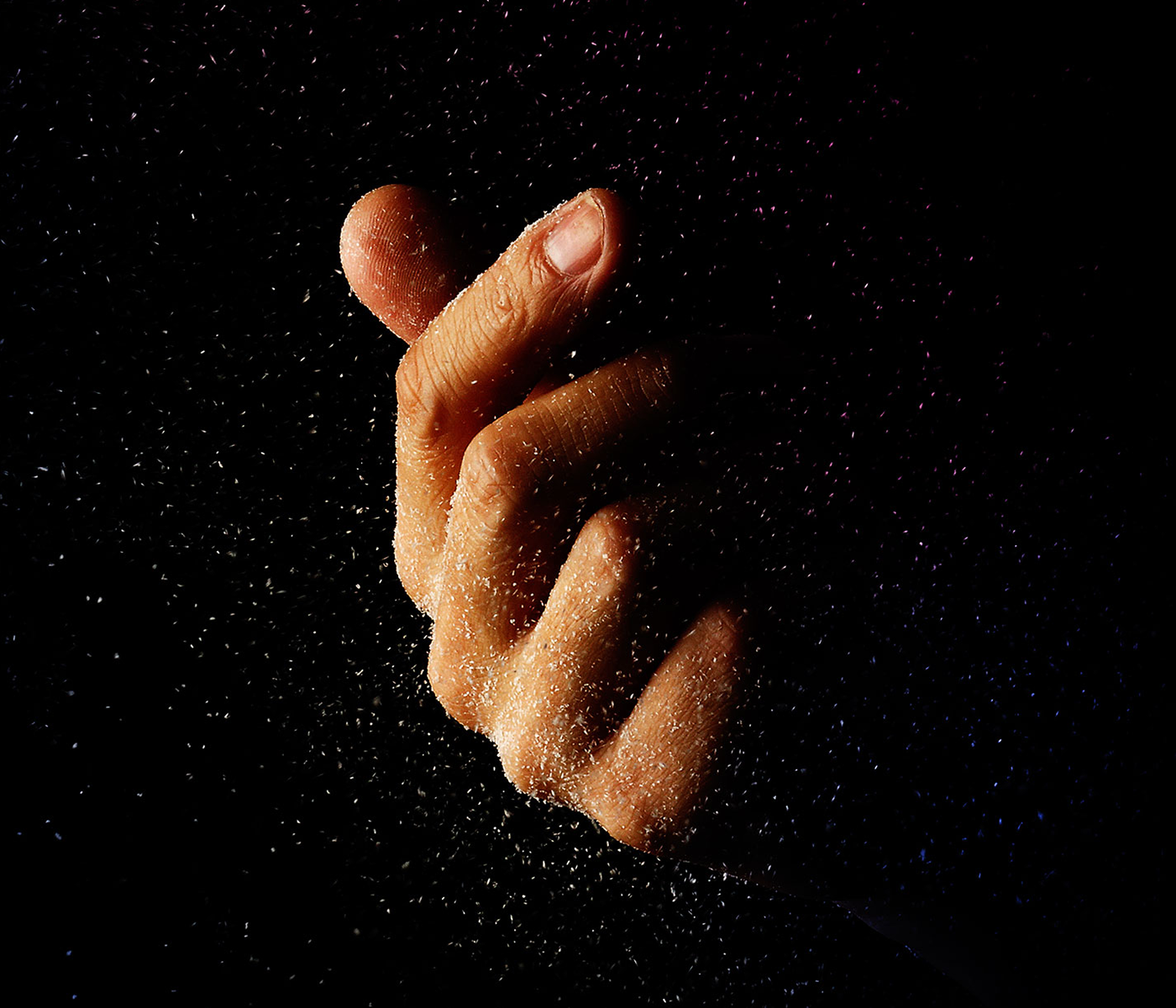
THE DUO CONCEPTCrafted, the Artisan Way
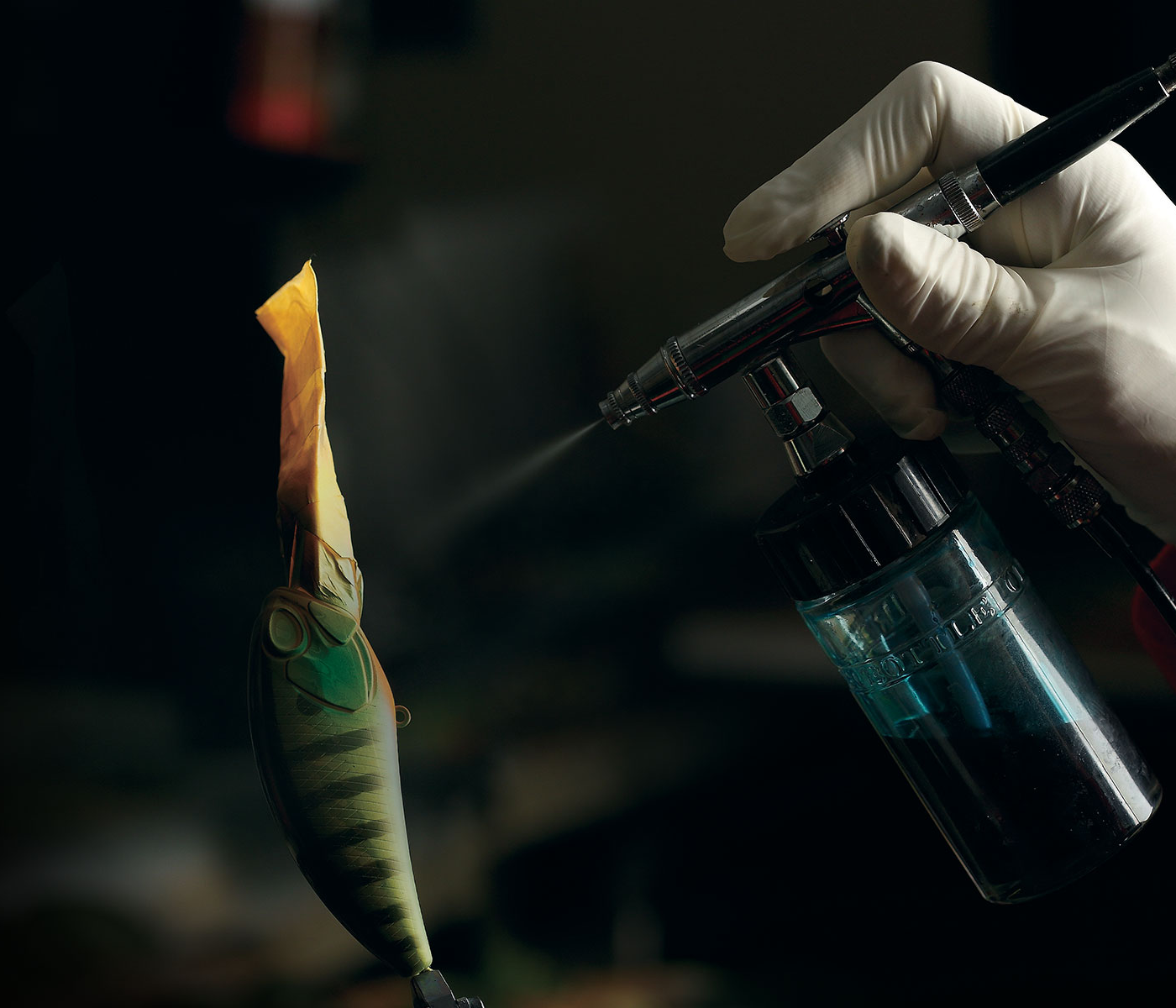
LURE PRODUCTIONOur Quality Standard

MASAHIRO ADACHICEO & Chief Designer

OUR HISTORYThe story of DUO